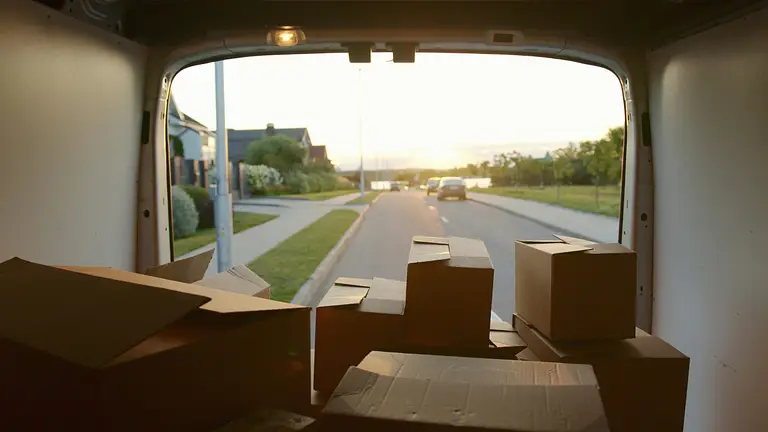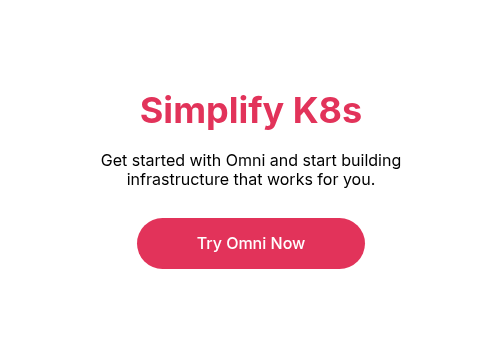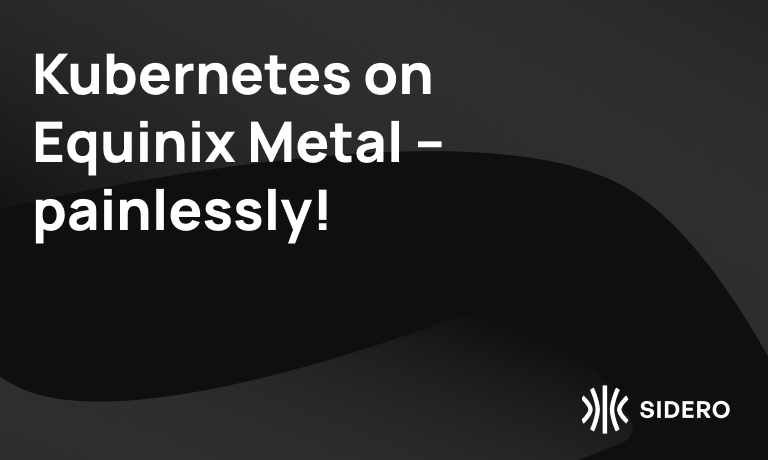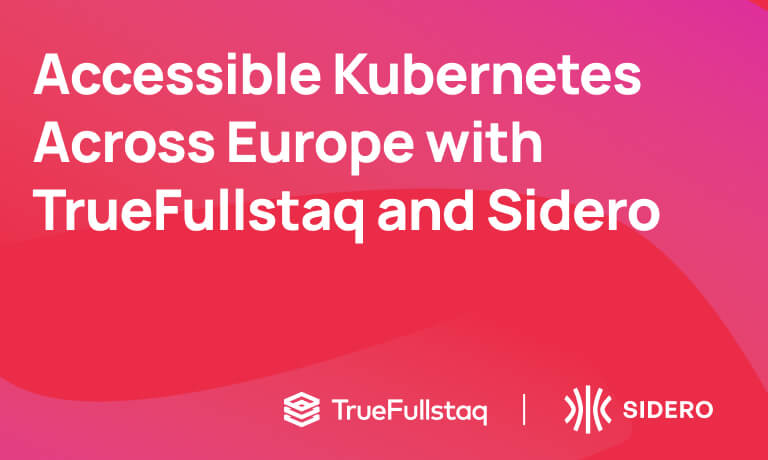When moving day comes for your infrastructure

If you look around, your home likely has a lot of stuff in it. There’s the furniture you invested in over the years, the carefully curated decorations, and the knickknacks you aren’t quite sure what to do with. After months or years of living there, it might seem impossible you would ever move.
Your technical infrastructure is the same. Years ago, you met with your team and figured out the functionalities and features you needed. You shortlisted products, did research on cutting-edge technologies, and started building. It was a large project that took organization and effort, and over the years, that infrastructure became a critical part of how your team works.
This is what we heard in a call with a DevOps Lead two years ago. They admitted that the platforms and strategies that previously made sense had become a problem. Their infrastructure was built to support one cluster, and they now supported fifty.
Their issues may sound familiar:
- They had multiple contracts with vendors and were unsure how long it would take to get out of them.
- Infrastructure costs had grown too high and too confusing.
- The system had become so fragile the team avoided making updates.
- They worried a new infrastructure would take too much time and resources to implement.
- The team had attached its name to the project and were unsure about changing their stance.
After spending years struggling with their infrastructure, issues became commonplace. Upkeep was part of daily work, and it seemed far less daunting than starting over.
Rethinking Your Infrastructure One Brick at a Time
Without knowing it, the team had come to the natural conclusion of a project. They had invested in an architecture, worked to keep it running, and reached the point where it no longer made sense. Instead of continuing to prop up their infrastructure with ad hoc fixes and expensive add-ons, they decided to make a change.
Like moving house, there are two steps that make this change easier. The first is to fully understand what you could be building instead.
The landscape today looks different from five years ago, and that means there are tools and approaches out there that you have never heard of. Many of these technologies are built to solve the problems your team has today, not the ones they had five years ago. This can be intimidating when you start to look closely. You’re being asked to change the way you view technology after years of doing the same thing. Making the decision to look into alternatives means being open to new ways of working and understanding your role.
That DevOps Lead had been using OpenShift, where they had been pushed toward certain tools, and that allowed them to avoid making certain decisions. Making a change meant facing new kinds of decisions, but they understood that those challenges could pay off. If they found the right platform and made a successful change, their team would have less work, the system would be more reliable, and they would be able to scale in the coming quarters. The pay-off started to outweigh the cost.
They took the second step and did an Omni trial. While implementation would take time and effort, a trial cost them nothing. They found Omni provided the oversight and easy management of Kubernetes clusters they had been looking for.
Once they were convinced, they decided to do a POC and then roll out their new infrastructure based on Talos Linux and Omni. Now, they get the “it just works” experience. The team found that while their hardware might break, Talos doesn’t. And with the introduction of Omni, their team gets enterprise-grade automation that makes their work even easier. After so many years on their previous stack, it would have been easy to focus on maintaining the infrastructure they had, but they took the time to explore new options and now benefit from a fully modernized stack.
Just like moving to a new home, upgrading your infrastructure is completely manageable with the right steps and research. By focusing on what’s best for the future, you can take clear stock of the current situation, define what to keep and what to replace, and ultimately upgrade to the right solution for you.


